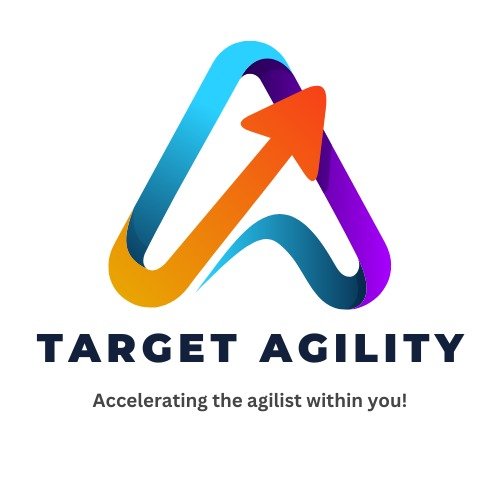In Agile teams, writing good user stories is a big part of getting things done right. A user story tells the team what the user wants and why. But let’s be honest—writing clear and helpful user stories isn’t always easy. That’s where AI tools like ChatGPT or Jira’s AI assistant can really help.
What’s a User Story, Again?
A user story is a short sentence that explains a feature from the user’s point of view. For example:
As a user, I want to reset my password so that I can log in if I forget it.
This simple format helps the team understand what to build and why. Along with the story, we usually write acceptance criteria, which are the rules that tell us when the work is complete.
The Problem with Writing Stories
Sometimes, people write stories that are too vague or confusing. Some common issues include:
- The story doesn’t say why the feature is needed
- The acceptance criteria are missing or unclear
- The story is too technical or too detailed
- Important edge cases are forgotten
These issues can slow down the team and lead to misunderstandings.
How AI Can Help
AI tools can be used to:
- Help you write clear user stories
- Suggest good acceptance criteria
- Clean up confusing or messy stories
- Check for missing details
Let’s go through a few examples.
1. Writing a New User Story
Let’s say you need a story about password reset. You can type a simple request into an AI tool like:
Prompt:
I want users to reset their passwords through email.
AI Output:
As a registered user, I want to reset my password through email so that I can access my account if I forget it.
Quick and easy!
2. Getting Help with Acceptance Criteria
After writing the story, you can ask AI to suggest when the story should be considered “done.” It might return something like:
- A “Forgot Password” link is shown on the login page
- Clicking it asks for the user’s email
- An email with a reset link is sent
- Clicking the link lets the user set a new password
- The user can log in with the new password
Now your team knows exactly what to build and test.
3. Fixing Old Stories
Got stories in your backlog that don’t make sense anymore? Copy them into the AI tool and ask it to rewrite them more clearly. AI can fix the format, simplify the language, and add missing parts.
4. Keeping Things Consistent
If your team uses a specific format for stories, AI can help make sure everything stays consistent. It can even remind you to include things like user roles, value, and acceptance rules.
A Few Tips
AI is helpful, but it’s not perfect. Here are some tips:
- Always review the results—you know your product better than the AI does.
- Use AI as a helper, not as a replacement for team discussions.
- Give clear instructions—the better your prompt, the better the result.
Conclusion
AI tools can make writing user stories faster and easier. They help you stay clear, complete, and consistent—especially when you’re juggling a lot of work.
Whether you’re a Product Owner, Scrum Master, or team member, using AI can save time and improve communication. The better your stories, the smoother your sprints—and AI can help you get there.












